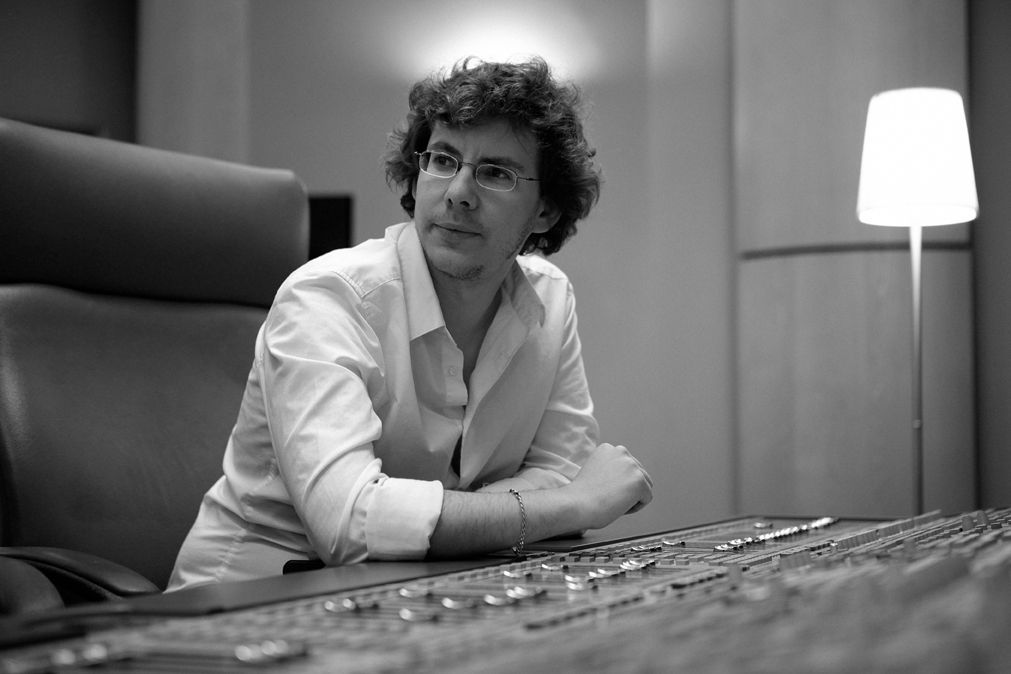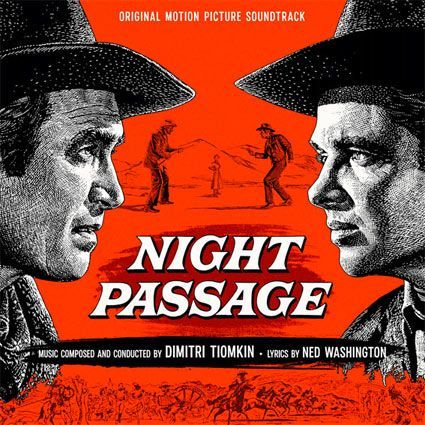René Cloërec
Born René Albert Philippe Cloërec on 31 May 1911 in Paris, the young René studied at the Ecole Supérieure de Musique de Paris, from which he graduated with a first prize in piano in 1928. He began his career as a pianist and then as a music hall conductor. But very quickly, his passion for the cinema won out... At the beginning of the 1940s, the filmmaker Claude Autant-Lara asked him to compose the music for his film DOUCE. The two became an inseparable duo and the composer wrote the music for all his next films: SYLVIE ET LE FANTÔME in 1946, OCCUPE-TOI D'AMÉLIE in 1949 and LE MEURTRIER in 1963.
With infinite discretion, the name of René Cloërec fades behind the success of the films with which he is associated. However, it is necessary to underline the extent to which his music also contributes to the success of these same works. Can we imagine the embrace of Micheline Presle and Gérard Philipe in LE DIABLE AU CORPS without the hushed lyricism that exacerbates their feelings? Can we imagine L'AUBERGE ROUGE without its famous lament which, from the outset, sets the scene and creates a troubled and anxious atmosphere?
And these are only two examples among the forty-two feature films for which René Cloërec signed the musical scores. In other words, like Van Parys, Kosma or Wiener, Cloërec is one of those discreet craftsmen who have contributed to the health of a distinguished and elegant French cinema. In Autant-Lara's films, for example, Cloërec's musical personality is an aesthetic component, just like Max Douy's sets or Jacques Natteau's photography. The composer was able to integrate himself into the director's harsh universe, with an attitude of respect towards the image. His themes know how to create an atmosphere, evoke nascent feelings or suggest inner despair, without ever sinking into expressive overkill, or trying to be stronger than the image. In fact, René Cloërec's music has the grace of the French melodic tradition and the technical efficiency of Hollywood scores. Each of his themes thus celebrates the marriage of skill and heart.
In this respect, films such as EN CAS DE MALHEUR, MARGUERITE DE LA NUIT and LE DIABLE AU CORPS highlight his mastery of the symphonic tool, placed at the service of a quivering sensitivity. Another example is LE MEURTRIER, where the score, in concertante form, is based on a haunting and repetitive melodic construction, expressing an obsessive character, in keeping with the psychological instability of the main character. Despite interesting works for Jean Dréville, René Clément and Jean Delannoy, René Cloërec's career is obviously dominated by his collaboration with Autant-Lara, with whom the composer worked from 1942 to 1965. Twenty years of complicity and mutual understanding and eight important but sometimes unknown films by the director.
René Cloërec also worked with other directors such as René Clément for LE PÈRE TRANQUILLE (1946), Jean Delannoy for DIEU A BESOIN DES HOMMES (1950) and Jean Dréville for LA CAGE AUX ROSSIGNOLS. Finally, he worked closely with Edith Piaf, for whom he wrote Paris-Méditerranée, C'est toi le plus fort, and Le grand voyage du pauvre nègre. He retired from the cinema in 1965 to devote himself to the scenography of the Loire castles. He then lived happily with his wife Augustine, with whom they had no children.
As the Cloërec couple had no heirs, they were concerned about passing on the estate. In 1964, as a precautionary measure, they drew up a donation between spouses for the last survivor. Later, in 1986, they drew up a joint will naming as universal legatees several associations that were dear to them, including the Bersabée Foundation - Fondation des Petits Frères des Pauvres.
René Cloërec died at the age of 84 on 13 December 1995 and was buried in the communal cemetery of Vaucresson (92). As for Augustine Cloërec, she died on September 23, 1996 at the age of 89, leaving the Bersabée Foundation with 25% of René Cloërec's copyright. Thus, the Bersabée Foundation receives a remuneration for the exploitation of his music and must give its agreement for the reproduction and representation of it.
References : Stéphane Lerouge - Les plus belles musiques de films de René Cloërec



